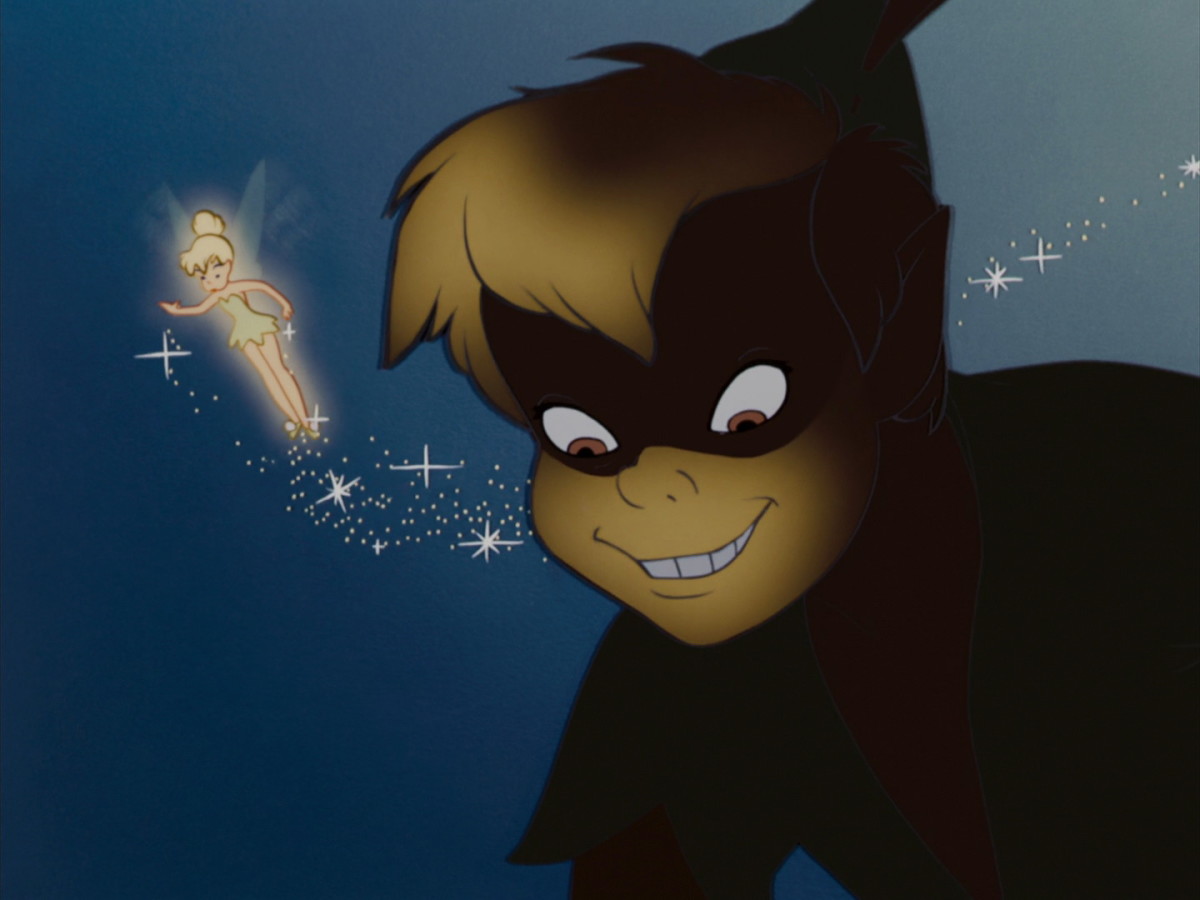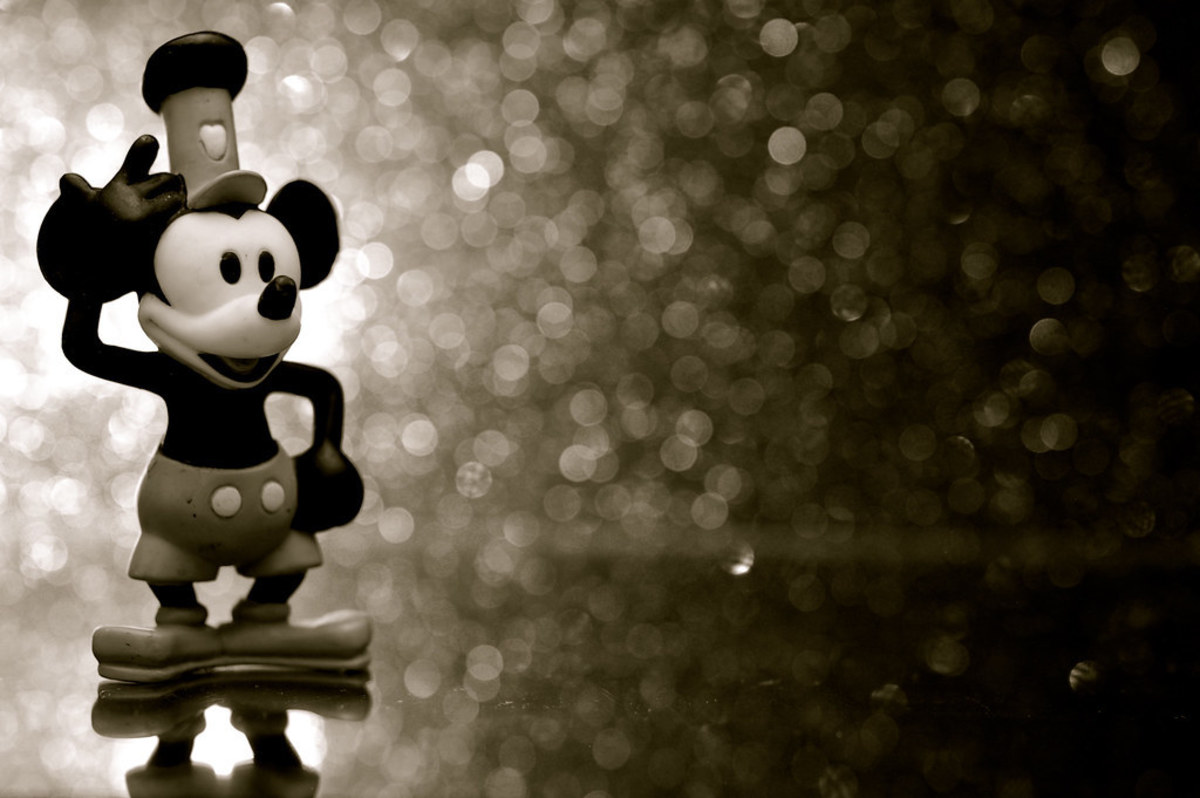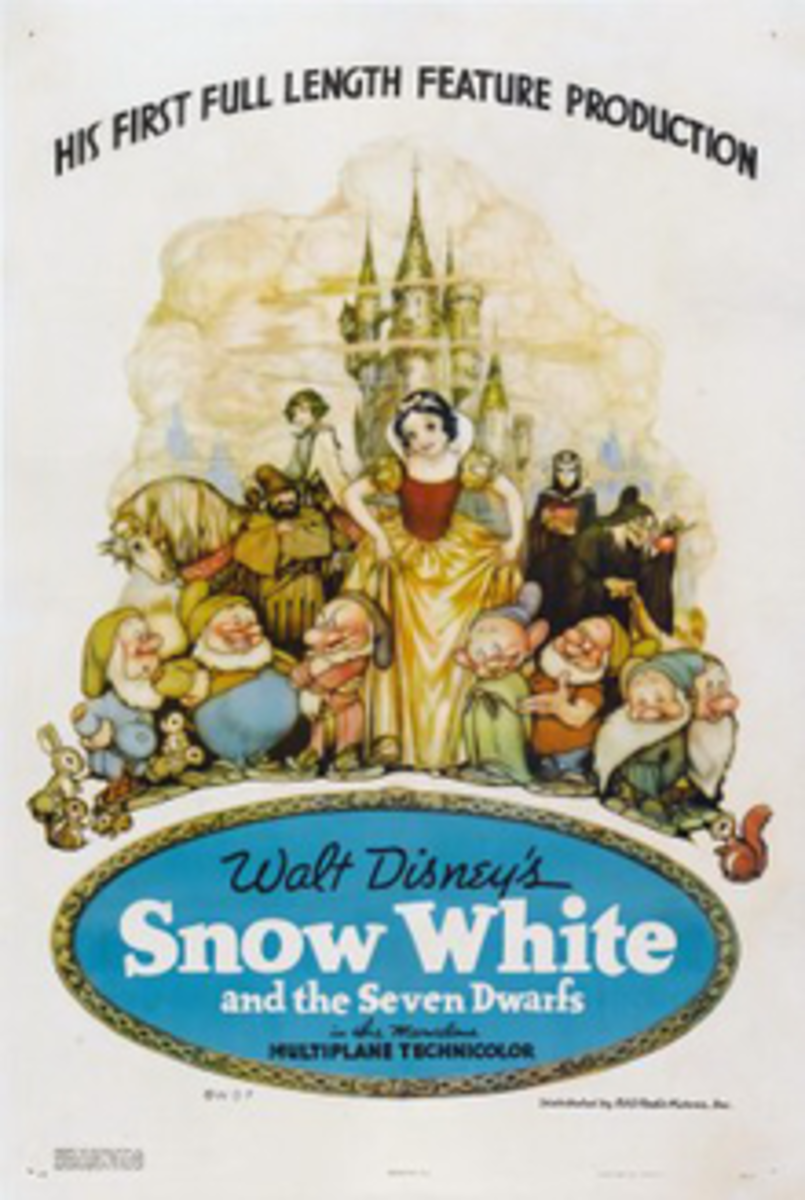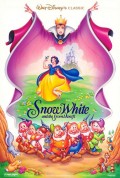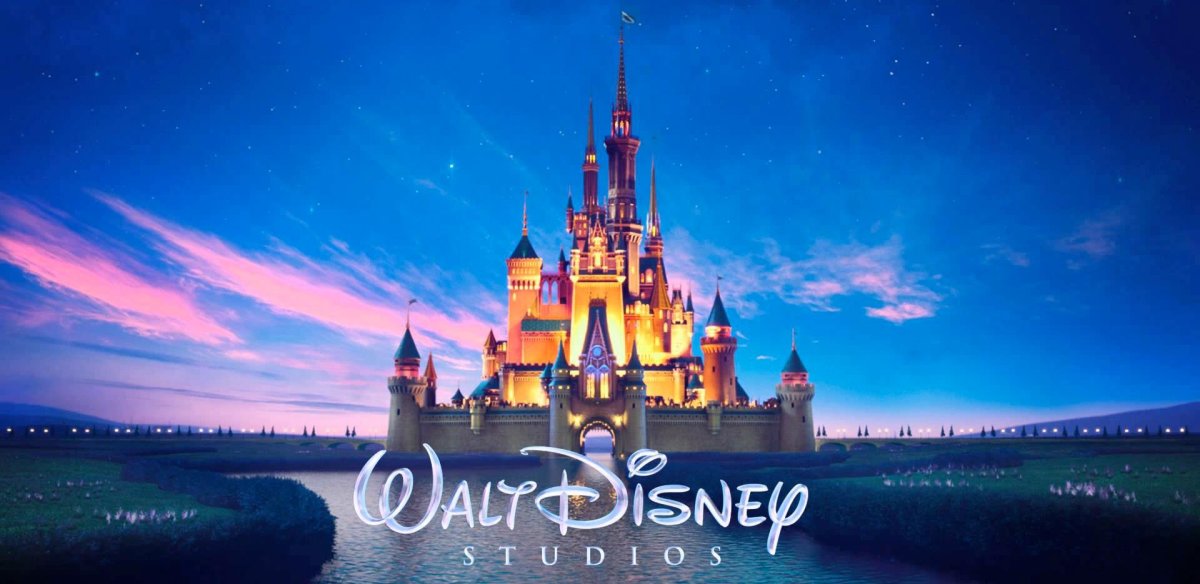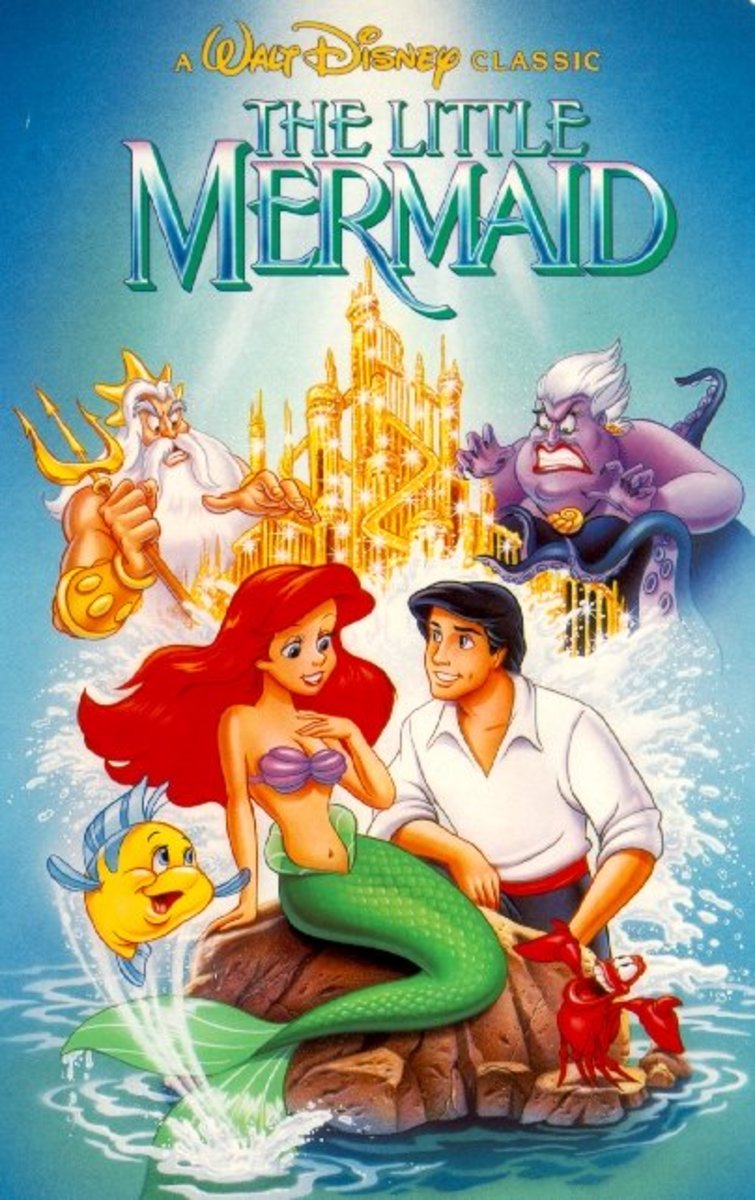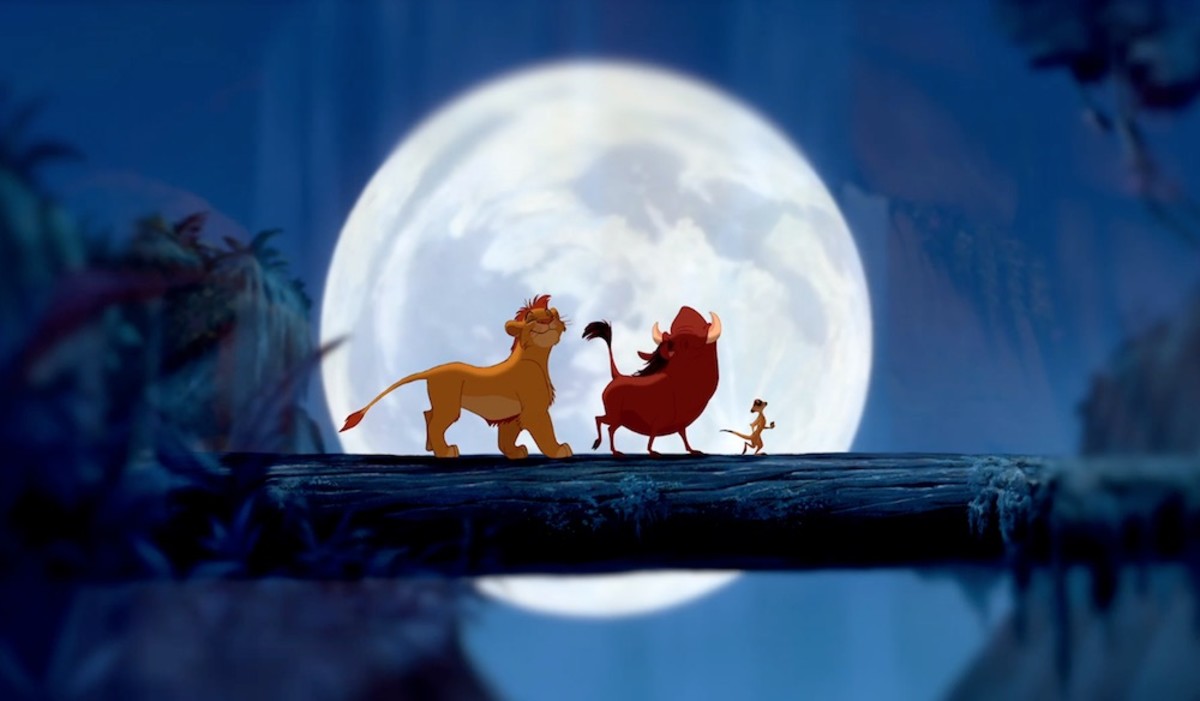How Disney Used the Multiplane Camera to Make Snow White and the Seven Dwarfs
Disney shapes the future of cartoons
Walt Disney and his brother, Roy, arrived in California in 1923 with hopes of producing short cartoon films. They started Disney Brothers Cartoon Studio with the two as equal partners. Shortly after, a New York distributor agreed to release Walt Disney’s series of short films about a little girl living in a cartoon world and the name was changed to the Walt Disney Studio.
In 1927, the Jazz Singer broke the “silent movies” barrier, becoming the first feature-length movie with synchronized dialogue sequences. Taking his cue from the Jazz Singer, Disney decided to launch his third Mickey Mouse cartoon with fully synchronized sound. Animation has never been the same since. Steamboat Willie opened to glowing reviews in November 1928 and became an immediate sensation around the world.
Snow White broke all the rules
In 1934, Walt Disney announced he was creating the first full-length animated movie. Dubbed “Disney’s Folly,” Snow White and the Seven Dwarfs went on to become a major box office hit, drawing a standing ovation the night it premiered in 1937.
Snow White grossed $3.5 million in the US and Canada and by May 1939, it’s total international gross of $6.5 million made it the most successful film of all time until it was displaced by Gone with the Wind in 1939. These were mind-boggling figures in Depression-era America.
There were several innovations that made Snow White so exciting and such a radical concept. First, it ran 83 minutes, about 10 times longer than the usual cartoons which were typically about 8 minutes. The movie was also the first made in Technicolor and it had an official soundtrack.
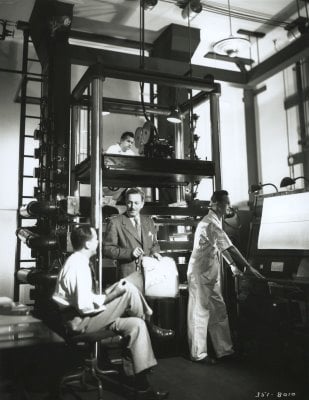
The multiplane camera
But what made Snow White unique was the special camera Disney used called a multiplane camera. The camera created a three-dimensional effect using two-dimensional drawings by moving them past the camera at various speeds and at various distances from one another.
The camera also created the illusion of depth. Some parts of the artwork were left transparent to allow other layers to be seen from behind. By having different layers of artwork moving at different speeds, depth could be created – the further away from the camera, the slower the speed.
The appearance of rotation was created by moving the background and foreground images in opposite directions. Disney used this effect when the wicked Queen drinks her magic potion tp turn herself into the old hag who sells Snow White the poison apple.
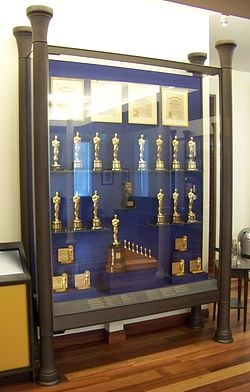
The Golden Age of Animation
Snow White was hugely successful for Walt Disney and he received one large and seven miniature statuettes. The movie ushered in an era of era of success for him and was quickly followed by Pinocchio (1940), Fantasia (1940), Dumbo (1941), Bambi (1942). These movies were not as immediately financial hits for the studio, primarily because of World War II but became much more so in decades to come as these and other films were re-released in theaters and later on videocassettes and DVDs.
All in all, Walt Disney and his studio produced an astounding 576 animated movies such as Lady and The Tramp and live action films such as Follow Me Boys and Treasure Island.
After The Little Mermaid was made in 1989, the studio switched from hand drawn and painted animation to using a new Computerized Animation Production System or “CAPS.”
Snow White still tops the charts
Snow White and the Seven Dwarfs was not only a groundbreaking animated film, but it also has grossed a phenomenal $184,925,486 since its 1937 premiere and subsequent releases. Allowing for inflation, the film is still in the top 10 American film moneymakers of all time.
This is an interesting video that shows how Disney and his cartoonists made their movies. It also shows the multiplane camera as well as how they produced some of their sound effects.


